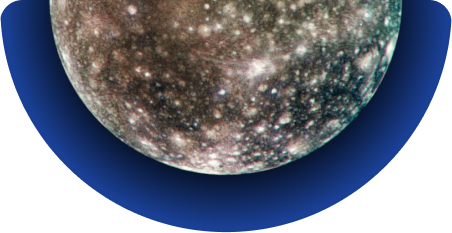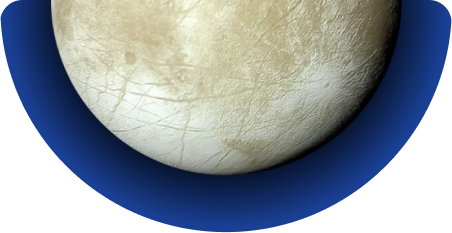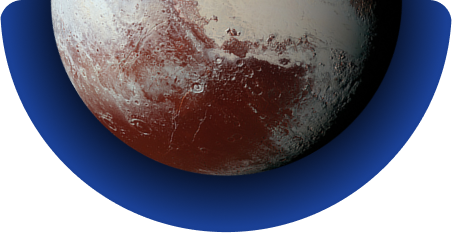Ocean Worlds:
Water in the Solar
System and Beyond
The story of oceans is the story of life. Life as we know it requires three ingredients: energy, organic molecules, and liquid water. Our search for life beyond Earth is, in part, a search for planets and moons that harbor substantial liquid water.
Read More


